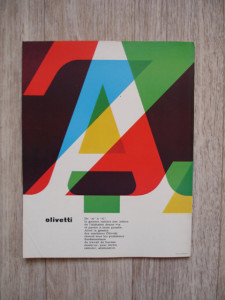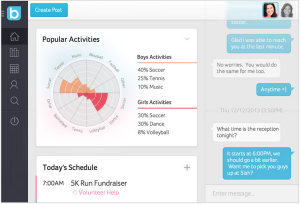This article explores a new way of accessing art museums. Particularly, through a digital interface, allowing users to view art in a different way. The issue is, does viewing art through a web-based platform convey the same real-life experience that physically going to the museum does? This modern world is very digitally driven and using these interfaces are seen as being more effective and useful. They use an example with the Kara Walker exhibition, and how people saw her work through Instagram so they felt no need to actually go to the exhibit. In doing so, viewers only get a subjective viewing of art through a digital interface. Visiting museums allows the viewer to see through their perspective and not someone else’s.
This subject also opens up the discussion for experiencing art through other mediums. Many museums have some sort of gift shop, where they sell reproductions of art in poster form or miniature sculptures. This gives viewers a way to get the art experience outside of the museum. The MoMa has different design locations throughout the city, selling hip, modern-design objects, gifts, housewares & art books. Just like through the digital interface, do stores convey the same real-life museum experience?


